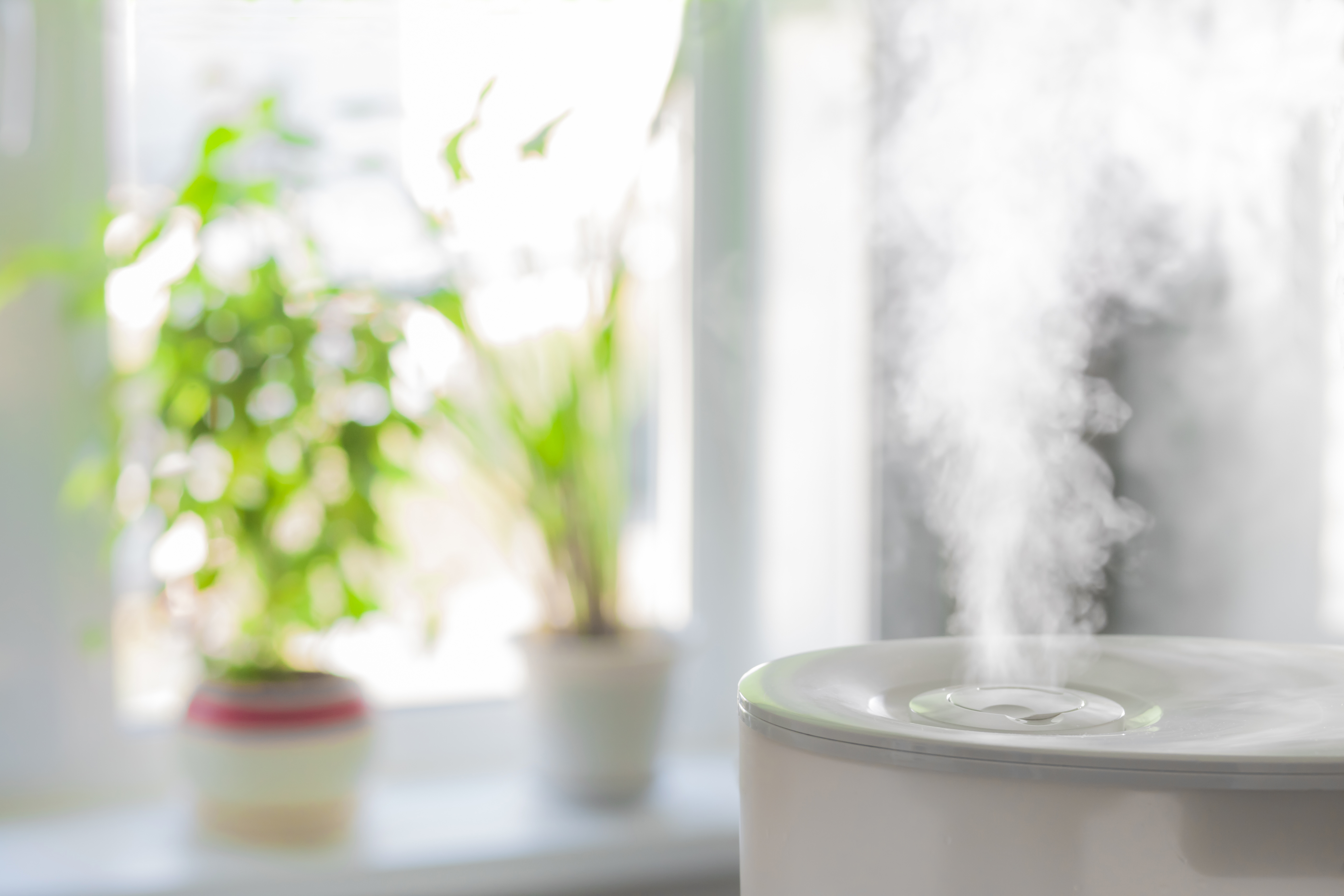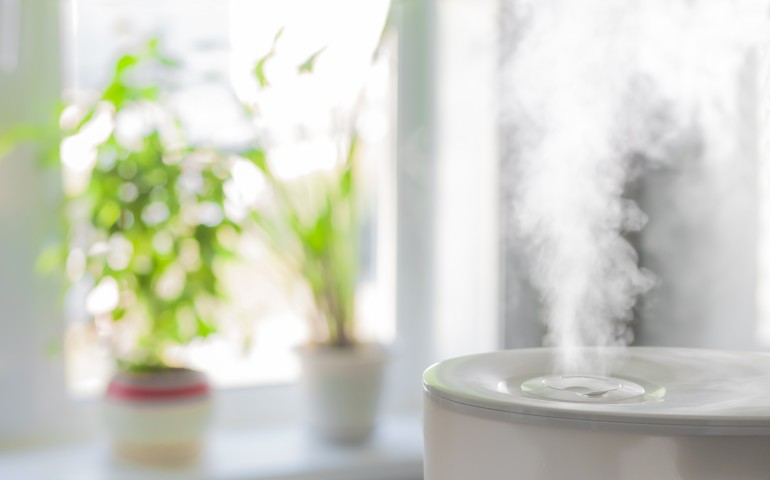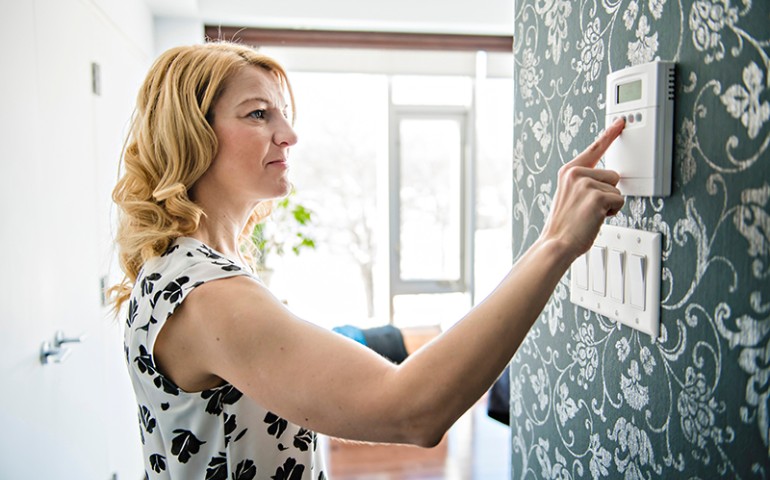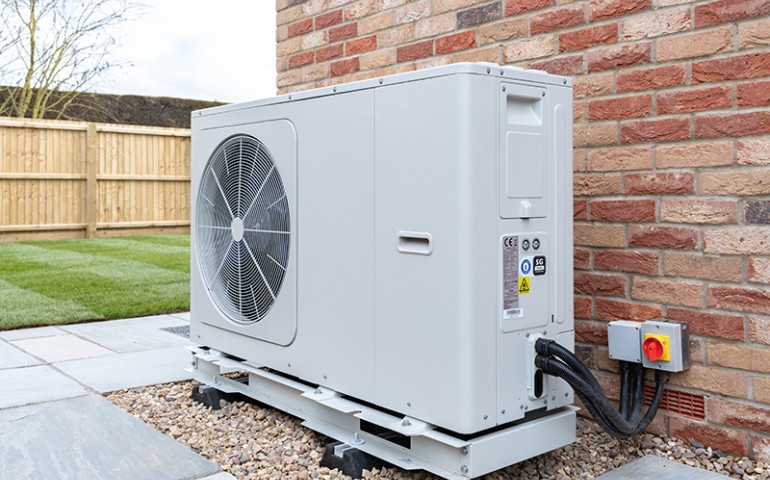What Is Considered Good Indoor Air Quality?
Indoor air quality (IAQ) impacts our health and comfort within the spaces we inhabit. Understanding what good indoor air quality is and how to achieve it is vital. You want to create a healthy and comfortable indoor environment. This blog aims to explore the importance of good indoor air quality. We also offer simple ways to get optimal indoor air quality in your home.
The Significance of Good Indoor Air Quality
Good indoor air quality is paramount for several reasons. Breathing clean air indoors is crucial for maintaining respiratory health. It helps reduce the risk of allergies, asthma, and other respiratory ailments. Optimal indoor air quality contributes to a comfortable and inviting living environment. The air you breathe is fresh and free from pollutants. Clean indoor air can also impact productivity, cognitive function, and mental clarity. This creates a conducive environment for work and leisure activities. Good indoor air quality is important. That's why you need to take measures to support a healthier indoor environment.
What Is Good Indoor Air Quality?
Several key factors contribute to defining good indoor air quality. Good indoor air quality has low concentrations of indoor air pollutants. This includes dust, allergens, volatile organic compounds (VOCs), and other contaminants. Ventilation and air circulation play a crucial role with good indoor air quality. It prevents the buildup of stale air and pollutants. You should try to maintain optimal humidity levels (between 30% and 50%). It can prevent mold growth and ensure a comfortable indoor environment. Understanding these factors allows you to assess and improve the indoor air quality.
Achieving Good Indoor Air Quality
Implementing strategies to achieve and maintain good indoor air quality is fundamental.
- Regular cleaning. Clean and dust living spaces, including floors, surfaces, and upholstery. This can help reduce the accumulation of dust and airborne particles.
- Proper ventilation. Use natural ventilation like open windows and doors. Consider utilizing mechanical ventilation systems to ensure consistent air exchange.
- Air purifiers. Use air purifiers equipped with HEPA filters. They can capture and remove airborne pollutants, improving indoor air quality.
- Humidity control. Use dehumidifiers or humidifiers as needed to maintain appropriate humidity levels. This can prevent mold growth and promote a comfortable indoor environment.
- Source control. Reduce potential sources of indoor air pollutants. These include smoking, household chemicals, and poor combustion. This can reduce their impact on indoor air quality.
By adding these practices into your routine, you can enhance the indoor air quality. Plus, you can promote a healthier and more comfortable environment.
Contact Us
Good indoor air quality is an essential component of a healthy and comfortable home. Understanding the significance of indoor air quality is essential. By maintaining good indoor air quality, you can create safe and healthy spaces. If you need help improving your home's indoor air quality, contact us today. By prioritizing good indoor air quality, you can foster a healthier and better home.






